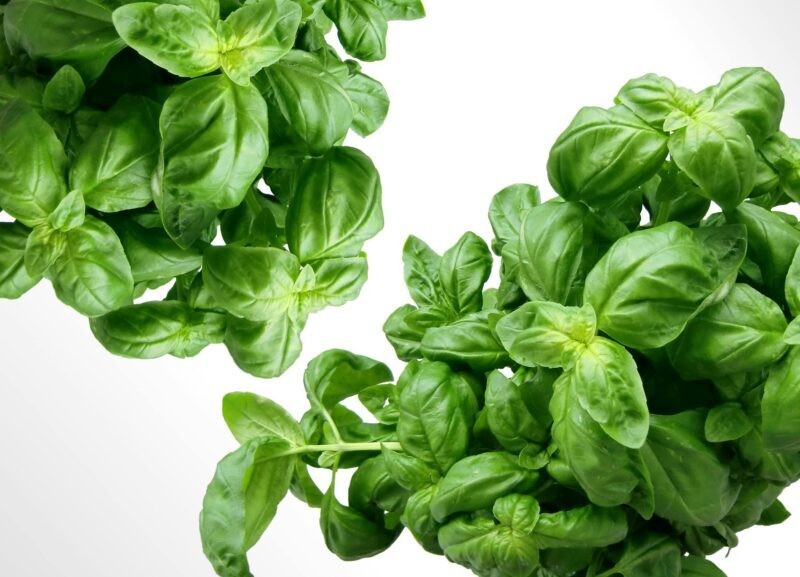As your hydroponic garden grows, so does the effort required to maintain it. Automation can be a game-changer, allowing you to spend less time on routine tasks while ensuring your plants get consistent care. In this article, we’ll explore how to incorporate automation into your hydroponic system, from monitoring pH levels to managing lighting and nutrient delivery.
1. Automate pH Monitoring and Adjustment
Maintaining the correct pH level is critical for nutrient absorption, but checking it manually can be time-consuming.
- Use a pH Controller: A pH controller monitors the nutrient solution in real time and automatically adjusts it to the ideal range.
- Combine with Dosing Pumps: These pumps can add pH adjusters (like pH-up or pH-down solutions) directly into the system as needed.
- Set Alerts: Many devices come with smartphone apps that notify you if the pH deviates from the desired range.
2. Automate Nutrient Delivery
Consistent nutrient levels are essential for healthy plant growth. Automation ensures precision and saves time.
- Install Nutrient Dosing Pumps: These devices add the exact amount of nutrients required to your system.
- Program Schedules: Set up your system to adjust nutrient concentrations at different growth stages.
- Monitor with Sensors: Use EC (Electrical Conductivity) sensors to track nutrient levels and trigger adjustments automatically.
3. Automate Watering and Circulation
Proper hydration and oxygenation are critical in hydroponics, and automation helps maintain consistency.
- Use Timers for Pumps: Set timers to control the frequency and duration of water circulation.
- Monitor Water Levels: Automatic water level sensors can refill reservoirs when levels drop too low.
- Install Backup Systems: Battery-powered backup pumps ensure continuous circulation during power outages.
4. Automate Lighting
Lighting is one of the most important factors for plant growth, and automating it ensures plants receive the right amount at the right time.
- Install Smart Timers: Automate your grow lights to provide the appropriate light cycles for your plants.
- Use Smart Grow Lights: Many LED grow lights now come with apps that let you adjust light intensity and spectrum remotely.
- Track Light Duration: Automation ensures consistency, which is crucial for fruiting plants like tomatoes and peppers.
5. Automate Temperature and Humidity Control
Environmental factors like temperature and humidity significantly impact plant growth. Automation helps maintain optimal conditions.
- Use Smart Thermostats and Humidifiers: These devices adjust temperature and humidity automatically based on preset parameters.
- Install Climate Sensors: Sensors can monitor your grow space and trigger heaters, coolers, or dehumidifiers as needed.
- Add Ventilation Controls: Automate fans to maintain airflow and prevent hotspots or stagnant air.
6. Integrate Smart Monitoring Systems
For ultimate convenience, integrate your hydroponic system with smart technology.
- Use All-in-One Systems: Some advanced controllers combine pH, nutrient, water level, and climate monitoring in one device.
- Remote Monitoring: Many systems allow you to track your garden’s performance via smartphone apps or cloud-based platforms.
- Set Alerts: Receive notifications if there are issues like pump failures, low water levels, or temperature fluctuations.
7. Start Small and Scale Up
If you’re new to automation, start with one or two key areas, such as lighting or pH monitoring. Once you’re comfortable, you can gradually expand your system to include more automated features.
The Benefits of Automation
- Save Time: Automating routine tasks lets you focus on enjoying your garden rather than managing it.
- Increase Precision: Automation ensures plants receive consistent care, reducing the risk of human error.
- Expand Easily: With automation in place, you can scale your garden without adding significant maintenance time.
Automation takes the guesswork out of hydroponic gardening, giving you more time to enjoy the fruits (and vegetables!) of your labor. As technology continues to evolve, the possibilities for automation in hydroponics are endless.
